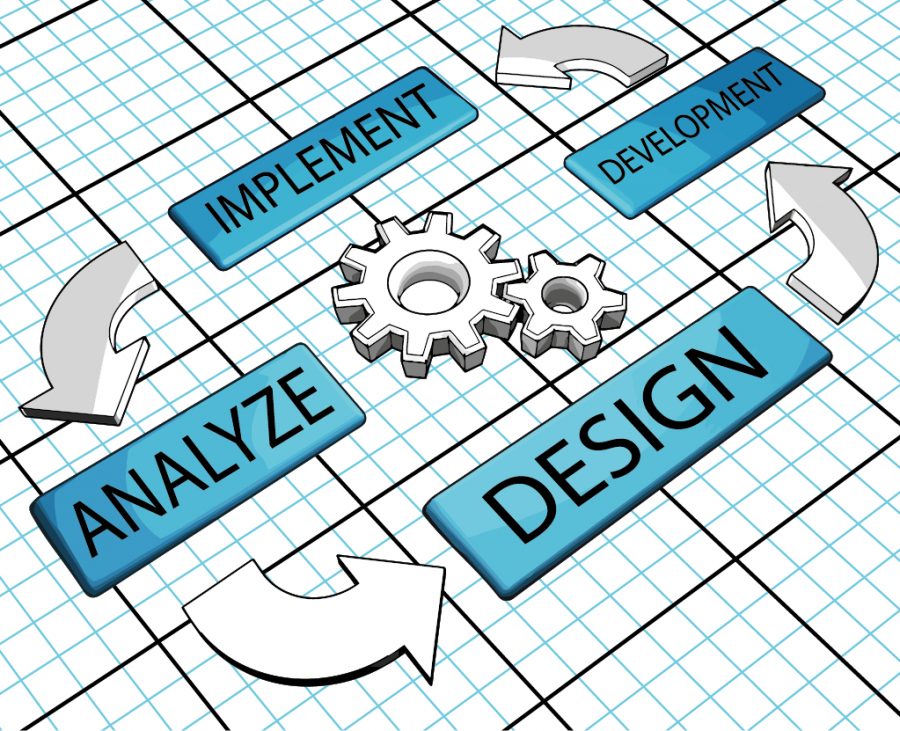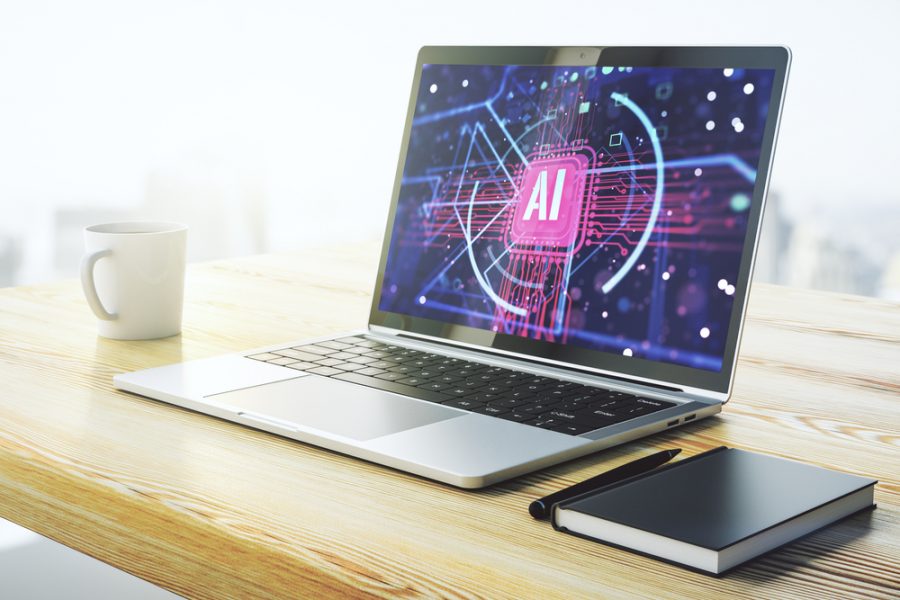The Impact Of ML and AI On Software Development
Whatever digital advancement we see today in our surroundings is the result of software development. From the past few years, a significant transformation has taken place on the earth. Whether you think about Amazon’s Alexa, Instagram’s AR image filters, or any other area, evolution occurred in every industry. Enterprises are investing in innovative technologies like Machine learning to optimize their software development life cycle. Artificial intelligence services making digital product development smarter and enhancing it.
If you are thinking of questions like, what will happen if you incorporate Machine learning in your development cycle? How will the changes take place? Or In what ways will you gain the benefit through it? Not to worry, answers to these queries lies in this article.
Keep on reading to find out.
Software Development with ML and AI
Machine learning is becoming more prevalent in the IT sector, while AI is expanding its reach to different industries. In the development industry, QA experts and developers gain efficiency in their work via AI. They achieve progress and fast pace in their work. Machine learning offer capabilities to them in a broad spectrum, which were not present in the old days, allowing them to function more powerfully.
By utilizing ML models, AI allows programmers to develop more inventive and well-grounded digital products. With the help of models, they can also comprehend the data flow and monitor it in their programs. One of the best things we attain from AI is the logical reasoning for tackling an error. It gives ground to programmers to rely on and tweak the codebase to gain the result as per the expectations.

How ML and AI Modifying Software Development
Artificial intelligence tends to increase the development cycle efficiency. Developers realize that how advantageous this technology is and adopt it in their arsenal. It aids the newbie developers in finding and fix the errors without any difficulties.
For controlling the deployment, there are also intelligent coding platforms and cloud-based IDEs to bring convenience.
Gains from AI and ML in Development Cycle
Automated Testing with Speed and Scalability
Artificial intelligence service providers‘ role in software testing is crucial to assess the developed product quality. With the conventional approaches, performing the quality assurance task consume significant time, and also the probability of missing the error is high. It is definitely because a limited number of resources and workforce can handle a certain number of tasks. Their eyes can miss the severe issue if they lose their focus, eventually leading to the faulty product release.
From many, one significant advantage of AI is that it makes the testing process fast, along with high accuracy, which enhances the cycle and errors get fixed before the final deployment.
If we perceive from the other side, the development phase’s time becomes lessened, and the end-product quality becomes high. Several already know how Artificial intelligence optimizes testing and development by implementing Machine learning models to verify the application’s interface.
However, to compare the application classes, versions, differences and refine the classification process, there is also differential testing.
Automated E2E Tests
One of the Machine learning significant advantage is End-to-End testing which supports analytics of digital products to examine and predict customers’ needs. Testing based on Machine learning allows watching web application interaction with every single user. It understands the edge (and common) journeys very well that individual walkthrough and assures the working of use case as per the expectations.
If many applications are getting tested on the machine, it will learn from all the applications to predict new changes in an app and affect the user interface. Better than humans, ML testing can develop more contextual tests with data.
An ML-driven automated test is subjected to fast maintenance and way too inexpensive from the humans-developed test automation. These innovative testing drives to the faster release and is the goal of any development company.
DeepCode
Reviewing the code, we already know, requires substantial time and manual effort. How would it be like if we had a tool which can identify bugs automatically? Sounds exciting. There is a tool in the market called DeepCode, which surpasses the conventional code review method. It helps the experienced code reviewers to identify potential errors as it learns from the base code repository.
It operates well with Python, Java, JS, and the embedded ML algorithm in it learns from the countless open-source repositories.
The tool can examine the code’s intent. Alternatively, you can use the DeepCode cloud version if you don’t want to install the local on-site version.
Optimizing the Code
Fixing the code without the original source requirement can be done with Compilers. They are the programs that understand and process high-level programming language and reshape it into a machine-understandable form. For instance, Helium automates the old code fixing without having the origin source. It fastens the next generation code. The time also lessened to days which happened to be in months if an engineer takes on this task.
Rapid Prototyping
It takes months to convert business requirements into digital products with lots of planning and work. However, Machine learning is cutting down the process for people to develop IT-based products which do not possess high technical expertise. They can effectively utilize visual interfaces or natural language to do their task.
Smart Programming Assistant
Programmers devote their most time to reading the framework documentation or fixing the code. With an intelligent programming assistant, this time can be reduced by offering suggestions and support just in time. It could be code examples, relevant documents, or best practices. Java’s Codota and Python’s Kite are notable examples of intelligent programming assistants.
Fixing the Bug
We humans often make mistakes and learn from them. Sometimes, our mistakes reflect in the program in the form of bugs. Machine learning with the auto-correct fixes most of the code’s bug by itself without near to no human need. It makes a programmer’s life a lot easier.

Controlling the Deployment
The impact of AI-based Machine learning is also on software deployment. It enhances the deployment activities and efficiency. From the development point of view, deployment is the stage where the upgrade of applications or programs takes place.
During the upgrade process, if the execution process fails or does not go correctly, the execution of the software will be at high risk. The deployment failure probability can be reduced with the AI power. With machine learning algorithms, it analyzes the deployment activities.
Bottom Line
All in all, ML and AI have sound advantages in the software development cycle. Development companies have to consider these aspects seriously to earn potential benefits. Without a doubt, AI and ML will be game-changer in the development world.
Making a move to reshape the existing development process into the ML-enabled environment will be a hard move, but the results you will get from it are priceless.















